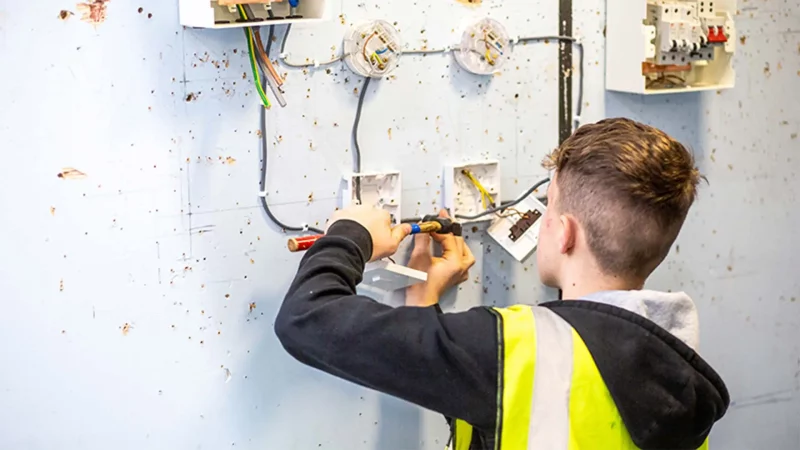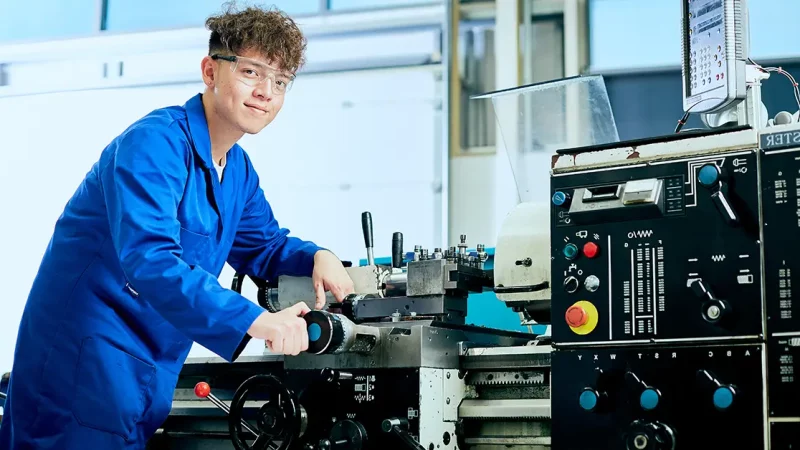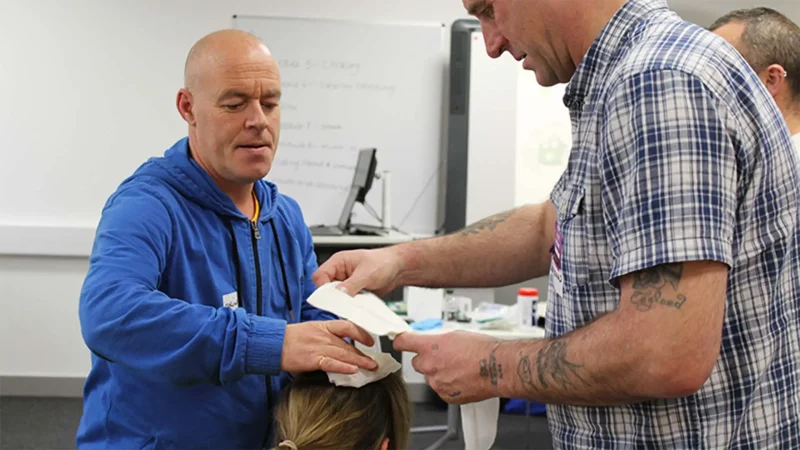employers
T Levels Explained for Employers
Get in touch for all your training needs
T Levels: The qualification designed with employers for the workforce of the future
T Levels are two-year qualifications for 16-19 years olds that follow GCSEs, with one T Level being equivalent to three A Levels. These qualifications have been designed with over 250 global and leading employers to help young people develop the knowledge, attitude and practical skills to thrive in the workplace.
In each T Level, students will undertake a 45-day industry placement which will give employers early access to the brightest talent entering your industry.


Cost Effective Channel for Recruitment

Improved Diversity

Develop Young People in your Industry

Return on Investment

Enhanced Brand Image and Profile
What are the benefits of an industry placement to an employer?
Industry placements give you a chance to look at the new talent coming into your industry. They can help you by opening up the talent pool for future recruitment, improve your organisation’s productivity and bring new ideas to the table.
Whether you want to attract new talent or up-skill your workforce, we know your staff will be more motivated, engaged and loyal if you are investing in their growth and the future. There are so many ways your business can benefit from having an industry placement at your business.
Everything employers need to know about Kirklees College's T Levels
Kirklees College offers T Levels in Animal Care, Business, Construction, Digital, Education and Childcare, Engineering, Health & Social Care and Science.
Want to know more about a specific T Level? Click on one of the Employer Information Sheets below to learn more.
Our T Level Employers Information Sheets
Everything you need to know
Everything you need to know
What is a T Level?
T Levels are new two-year courses, developed in collaboration with employers and providers so that the course meets the needs of industry and prepares students for the world of work.
T Levels are two years of full-time study but also include an industry placement. Students’ time will be split with 80% in the classroom learning and 20% on an industry placement with an employer to help give students the skills for a future career.
Why have T Levels been launched?
T Levels are part of the government’s plan to simplify vocational education by providing a clear and high-quality, technical alternative to the current range of post-16 education and training options.
How long does an industry placement last?
An industry placement lasts around 45 days over the two-year course and can be undertaken as individual days or in a set block. The length of a students’ placement and when it will take place will differ depending on the T Level they choose to study.
What are the benefits of an industry placement?
Industry placements help your organisation:
- Find solutions for entry-level skills shortages
- Develop future talent for your business
- Capitalise on new ideas and a fresh perspective
What’s the difference between an apprenticeship and a T Level?
The main difference is that with a T Level, is that a student’s time will be split 80% in the classroom, with the remaining 20% in an industry placement at your workplace. For an apprenticeship, 80% of the time is spent in the workplace on the job and 20% is classroom learning.
With an Apprenticeship, students will earn a wage while they work. It’s usually four days a week working, supported by one day a week of study at college. Employment must be secured to become an apprentice.
What employers have helped design T Levels?
Employers who have co-designed T Levels span a range of industries, and include household names, such as Fujitsu, Skanska and GlaxoSmithKline, as well as many smaller employers.







